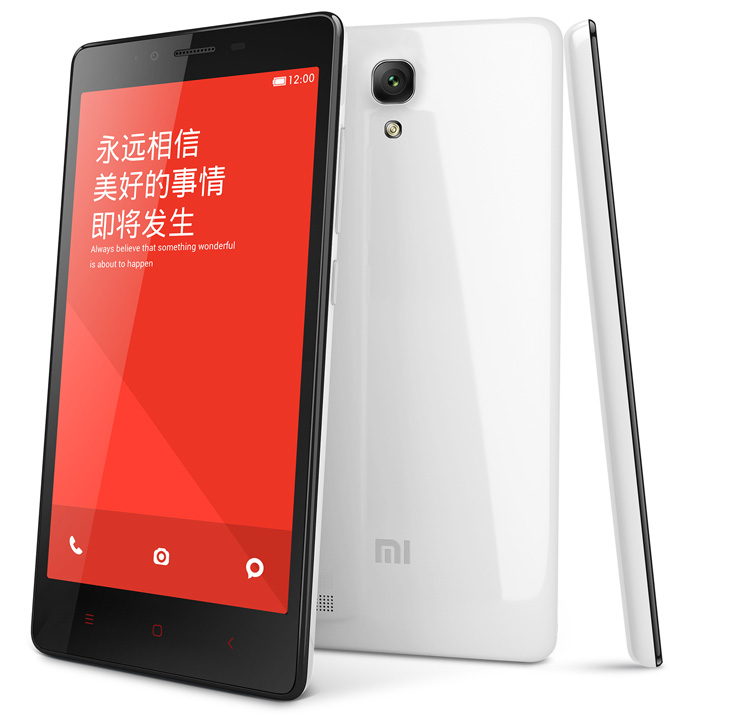CELLPHONES: Xiaomi Goes Offline In India
Bottom line: Xiaomi’s diversified sales strategy in India could help reverse recent setbacks, but could ultimately undermine the carefully cultivated cool and trendy image that has been key to its broader success.

Smartphone sensation Xiaomi is making a risky move in India, abandoning its trendy online-only sales model as it faces headwinds in a market that has become its first major stepping stone onto the global stage. Xiaomi is calling the decision to sell its phones through traditional retail stores a tactical move, in a nod to the less advanced state of India’s Internet compared its home China market.
While that may be true, this new move also hints at signs of distress as Xiaomi faces new challenges in India on several fronts. One of those centers on an intellectual property dispute with global telecoms titan Ericsson (Stockholm: ERICb), which forced Xiaomi to stop selling its higher-end phones in India last December. The other big challenge is coming from other Chinese smartphone makers like Meizu, which are attempting to copy Xiaomi’s early success in India.
Xiaomi was on a rapid upward trajectory in India after entering the market midway through last year, quickly reaching the 1 million unit sales mark in just its first 5 months. It achieved that success partly by relying on its Chinese business model that focused on online sales and a “hunger marketing” strategy, which relies on creating artificial product shortages that make its phones seem trendy and difficult to get.
That approach helped Xiaomi to quickly grab 4.1 percent of India’s smartphone market in the fourth quarter of last year, translating to roughly 900,000 phone shipped during the period. But those numbers don’t include effects from the Ericsson patent dispute, which resulted in a December court order that blocked Xiaomi from selling some of its higher-end smartphones in the market.
Xiaomi has continued to sell its low-cost Redmi phones, which remain unaffected by the dispute, and has taken more recent moves to sell through traditional retail channels. The company previously began offering its Redmi Note in shops operated by local carrier Bharti Airtel (Mumbai: BHARTI), though purchase of such models still required online registration.
But now media are reporting the company has reached a deal to sell its phones at The Mobile Store, one of India’s leading traditional electronics chains. (English article) Xiaomi has also recently signed deals to sell its phones through additional online sales partners including local player Snapdeal and the Indian unit of Amazon (Nasdaq: AMZN). That would mark a change from its original exclusive partnership with online site Flipkart.com.
This kind of move certainly makes sense if Xiaomi wants to expand its footprint in India, since having more channels will obviously help to increase consumer access to its phones. But the move will also undermine the exclusive, club-like image that has been so important for Xiaomi’s success so far. That image relies heavily on the “coolness” of buying things online, and also the sense of owning something that is hard to get.
The underlying message seems to be that Xiaomi may be struggling to maintain its earlier sales growth in India and wants desperately to recapture its original momentum. In addition to the patent dispute, the company is facing new pressure from Chinese rivals like Meizu, which is aiming to enter the market this year with an aggressive target of selling 700,000 of its phones. Other low-cost China names that have recently entered India include Oppo and Coolpad (HKEx: 2369).
We’ll have to wait for some first-quarter market data to see whether Xiaomi slipped in India during that period due to the December court order and growing competition from Chinese rivals. I suspect the numbers will show that Xiaomi indeed lost some momentum and probably saw its market share dip to 3 percent or lower. This new more diversified sales strategy could help to offset some of that lost momentum, but could also detract from some of the cache and “coolness” that have been so important to Xiaomi’s success so far.
Related posts:
